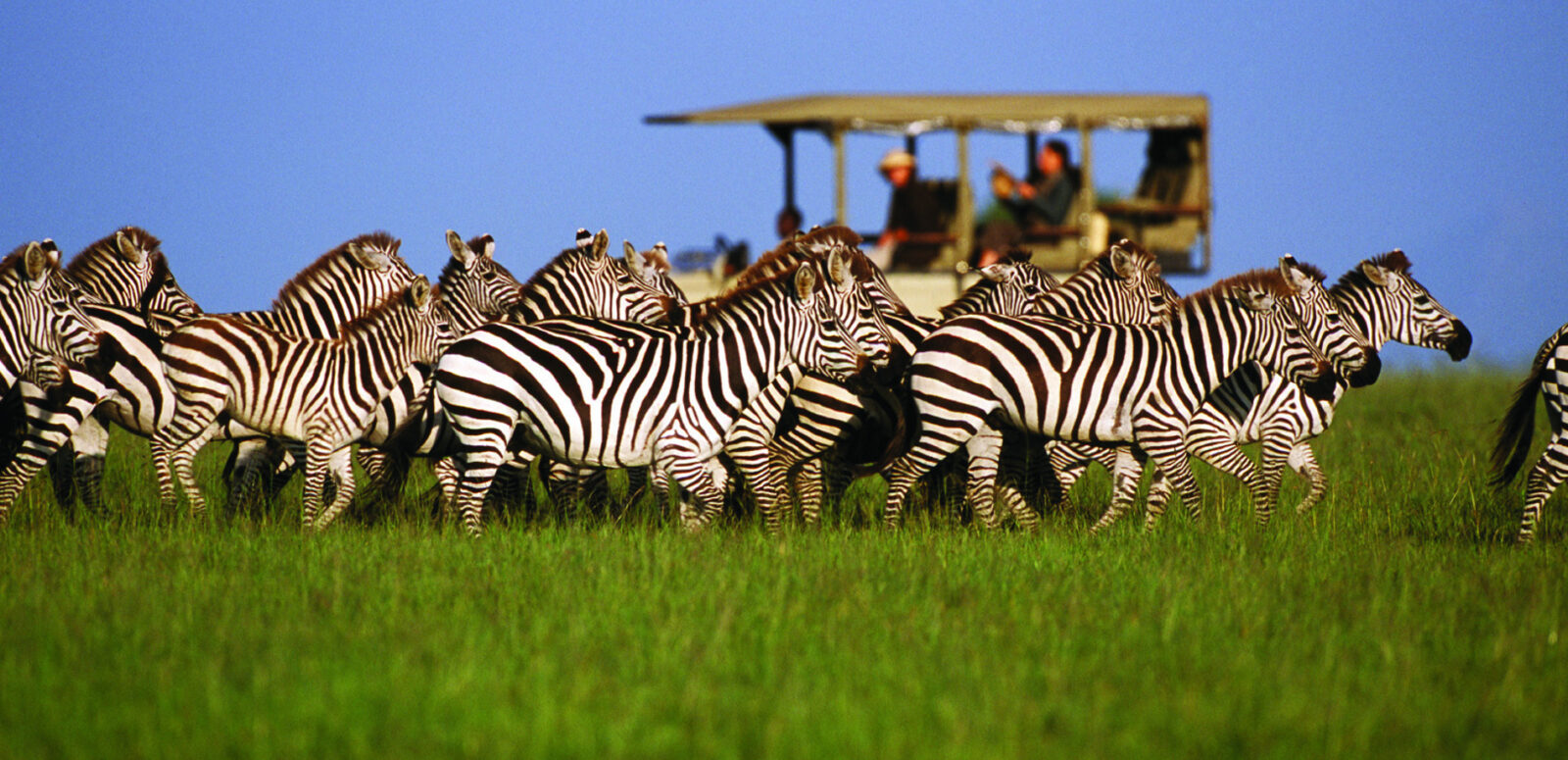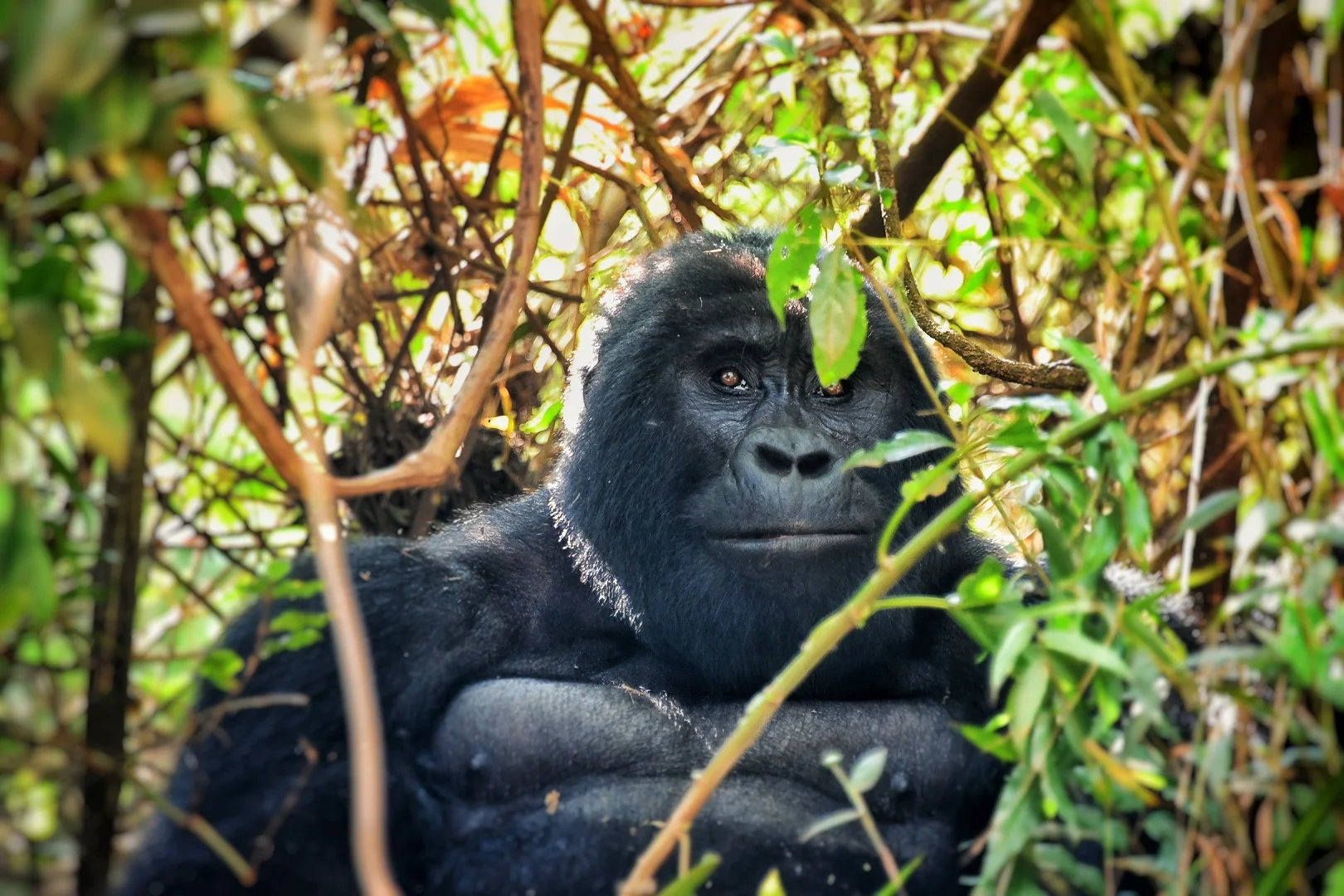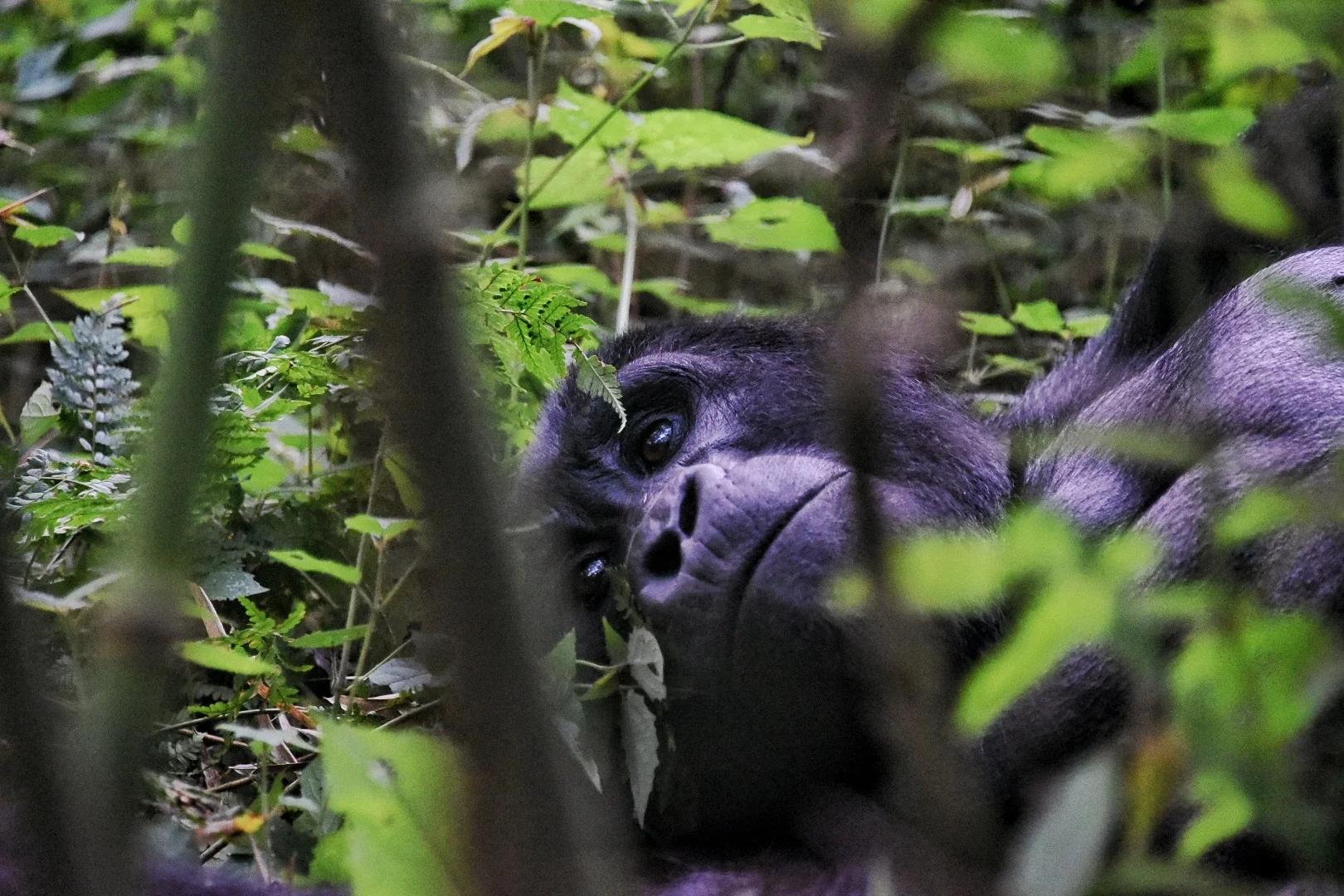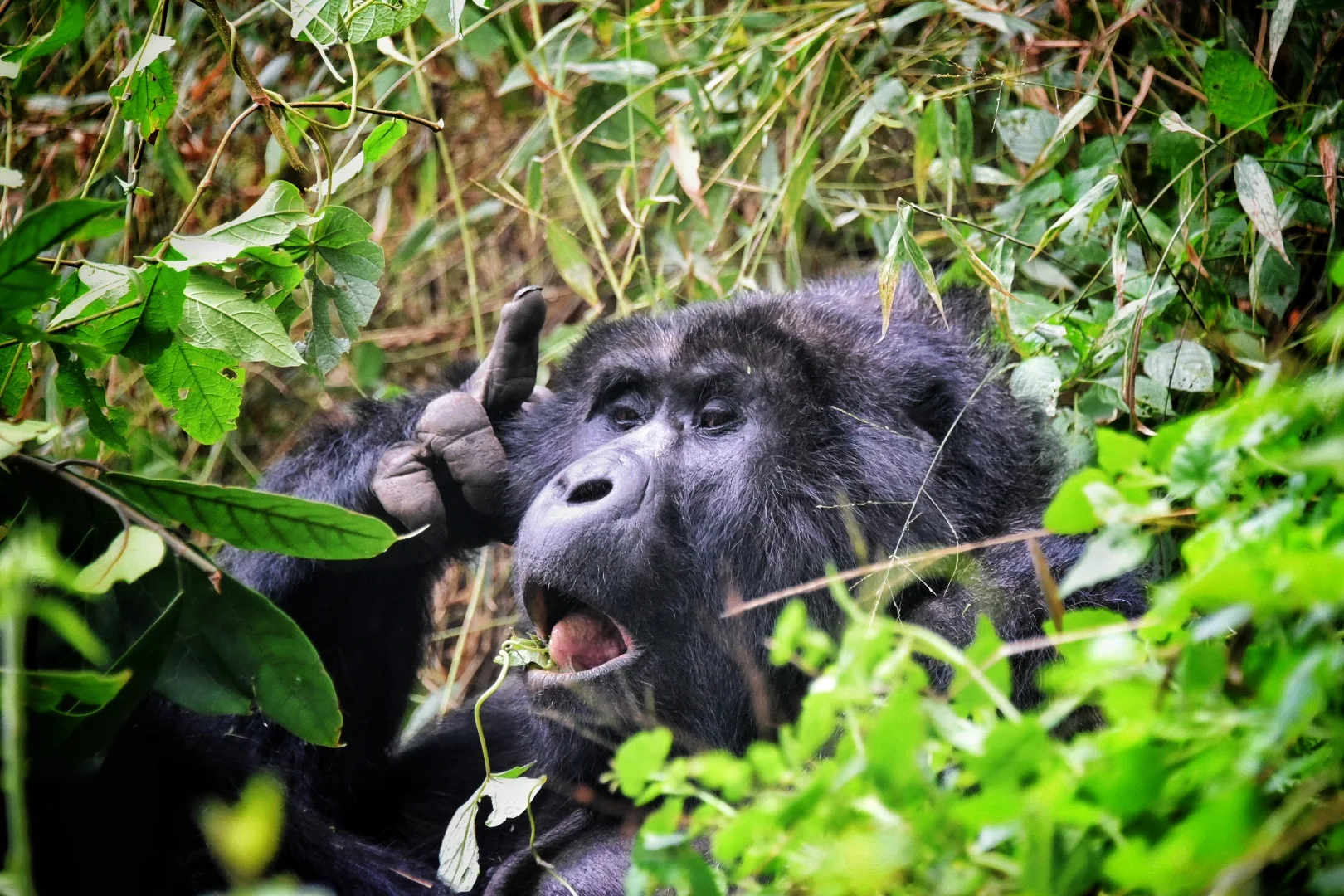
Tanzania Safaris— Guide
Tanzania Safaris – The Endless Plains of Wild Africa
Tanzania is the beating heart of the African wilderness — a land of vast open plains, ancient volcanic craters, pristine lakes, and the snow-capped peak of Mount Kilimanjaro towering over it all. It’s a country where the timeless drama of nature plays out daily, where millions of wildebeests thunder across the Serengeti, and where lions, elephants, and leopards roam freely beneath wide, golden skies.
From the iconic Serengeti National Park to the magnificent Ngorongoro Crater, the elephant kingdoms of Tarangire, and the tropical paradise of Zanzibar, Tanzania safaris promise not just breathtaking wildlife encounters but also an immersion into the very soul of Africa — raw, authentic, and unforgettable.
Serengeti National Park – The Land of the Great Migration
No destination embodies the African safari dream quite like the Serengeti. Spanning over 14,700 square kilometers, it is one of the most celebrated wildlife reserves on Earth. The name “Serengeti” comes from the Maasai word Siringet, meaning “endless plains” — and indeed, its vast grasslands seem to stretch to eternity.
The park is best known for hosting the Great Wildebeest Migration, one of nature’s greatest spectacles. Each year, over 1.5 million wildebeests, accompanied by zebras and gazelles, traverse the Serengeti in search of fresh grazing, braving rivers filled with crocodiles and predators that stalk their every move.
Beyond the migration, the Serengeti offers superb year-round game viewing. It is home to all members of the Big Five — lions, leopards, rhinos, buffaloes, and elephants — as well as cheetahs, hyenas, hippos, and countless antelope species.
Morning and evening game drives, hot air balloon safaris, and sunset views over the savannah make every visit an epic, soul-stirring experience.
Ngorongoro Crater – Africa’s Garden of Eden
Often called the Eighth Wonder of the World, the Ngorongoro Crater is one of the most extraordinary natural landscapes on the planet. Formed millions of years ago by a volcanic eruption, this massive caldera stretches 19 kilometers across and plunges 600 meters deep, creating a self-contained ecosystem teeming with wildlife.
The crater floor supports over 25,000 animals, including lions, elephants, zebras, wildebeests, and even rare black rhinos. It’s one of the few places in Africa where you can see such dense concentrations of wildlife within a single day’s drive.
The lush grasslands, shimmering soda lakes, and acacia forests inside the crater are a paradise for photographers, while the rim offers breathtaking views that seem almost surreal. Ngorongoro is also deeply cultural — the surrounding highlands are home to the Maasai people, whose traditional herding lifestyle continues in harmony with nature.
Tarangire National Park – The Elephant Kingdom
Located just a few hours from Arusha, Tarangire National Park is one of Tanzania’s most underrated treasures. Famous for its massive elephant herds and towering baobab trees, Tarangire bursts to life during the dry season (June–October), when animals gather along the Tarangire River — the park’s lifeline.
Here, you’ll find lions stalking the plains, giraffes moving gracefully among acacias, and countless antelopes grazing under the golden light. The park is also a birder’s paradise, with over 500 bird species, including colorful lovebirds and giant ostriches.
Tarangire’s quieter atmosphere compared to the Serengeti makes it perfect for travelers seeking an intimate, less-crowded safari.
Lake Manyara National Park – Where Forest Meets Rift Valley
Nestled at the base of the Rift Valley escarpment, Lake Manyara National Park is a small but enchanting park renowned for its diverse habitats — from dense groundwater forests and grassy floodplains to the shimmering alkaline lake that dominates its heart.
It is famous for its tree-climbing lions, large flocks of flamingos, and abundant hippos wallowing in the shallows. Elephants move silently through the forests, while troops of baboons — among the largest in Africa — are a common sight along the roads.
Bird enthusiasts will delight in over 400 recorded species, making Lake Manyara one of Tanzania’s richest birding areas.
Selous Game Reserve (Nyerere National Park) – Africa’s Hidden Wilderness
In southern Tanzania lies one of Africa’s largest and least disturbed wilderness areas — the Selous Game Reserve, now known as Nyerere National Park. Covering over 30,000 square kilometers, it is larger than Switzerland and offers a true off-the-beaten-path safari experience.
The Rufiji River meanders through Selous, supporting hippos, crocodiles, and countless bird species. Game drives, boat safaris, and walking safaris provide different ways to explore this pristine ecosystem. The park is home to lions, elephants, African wild dogs, and an incredible variety of other animals — all thriving in a landscape of raw, untouched beauty.
Selous is perfect for travelers seeking solitude, authenticity, and adventure far from the crowds.
Ruaha National Park – Tanzania’s Wild Secret
Remote, rugged, and untamed, Ruaha National Park is Tanzania’s largest national park and one of its best-kept secrets. Its vast landscapes — rocky hills, sweeping plains, and dry riverbeds — create a dramatic backdrop for one of the highest concentrations of elephants in Africa.
Ruaha is also a predator stronghold, home to large prides of lions, packs of African wild dogs, and elusive leopards. With few visitors, game drives here feel like true exploration, offering a sense of wilderness and solitude that is rare in modern safaris.
Mount Kilimanjaro National Park – The Roof of Africa
Dominating northern Tanzania’s skyline, Mount Kilimanjaro is Africa’s highest peak at 5,895 meters (19,341 ft). Climbing its slopes is one of the continent’s greatest adventures. The park protects lush montane forests, moorlands, and alpine deserts, leading climbers to snow and ice at the summit.
Even for non-climbers, the lower slopes offer scenic hikes and wildlife encounters, with monkeys, bushbucks, and countless birds inhabiting the foothills.
Kilimanjaro is more than a mountain — it’s a symbol of endurance, beauty, and the spirit of Africa.
Zanzibar – The Spice Island Escape
After days on safari, there’s no better way to unwind than on the white-sand beaches of Zanzibar. Just off Tanzania’s coast, this island paradise blends tropical relaxation with rich cultural heritage.
Visitors can explore the winding streets of Stone Town, a UNESCO World Heritage Site, snorkel in crystal-clear waters, or visit spice plantations that gave the island its name. The turquoise Indian Ocean and golden sunsets make Zanzibar the perfect complement to any safari adventure.
Best Time to Visit Tanzania for Safaris
Tanzania offers excellent wildlife viewing year-round, but timing your visit around the seasons enhances the experience:
June to October: Dry season and best overall safari months — ideal for the Great Migration and clear visibility.
January to February: Calving season in the Serengeti — baby animals and predator action.
March to May: Green season — lush landscapes, fewer tourists, great birding.
November to December: Short rains — dramatic skies, good game viewing, and fresh scenery.
Safari Experiences in Tanzania
Game Drives: Classic morning and evening drives across the savannah.
Hot Air Balloon Safaris: Float over the Serengeti at sunrise for breathtaking views.
Walking Safaris: Explore on foot in Selous, Ruaha, or private reserves.
Cultural Visits: Meet the Maasai, Datoga, or Hadzabe communities for authentic cultural immersion.
Photographic Safaris: Capture Africa’s raw beauty with specialized photo guides.
Conservation and Community Empowerment
Tanzania’s parks are among the best-managed in Africa, balancing conservation with community well-being. Tourism revenue supports anti-poaching initiatives, habitat restoration, and education for local people. Many lodges are eco-friendly and community-owned, ensuring that travel benefits both nature and people.
By visiting Tanzania responsibly, travelers contribute to the preservation of its wild heritage for future generations.




